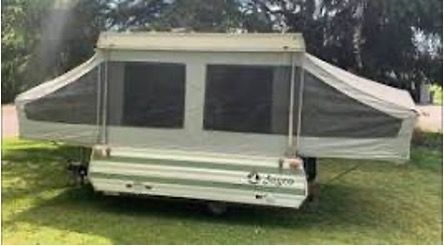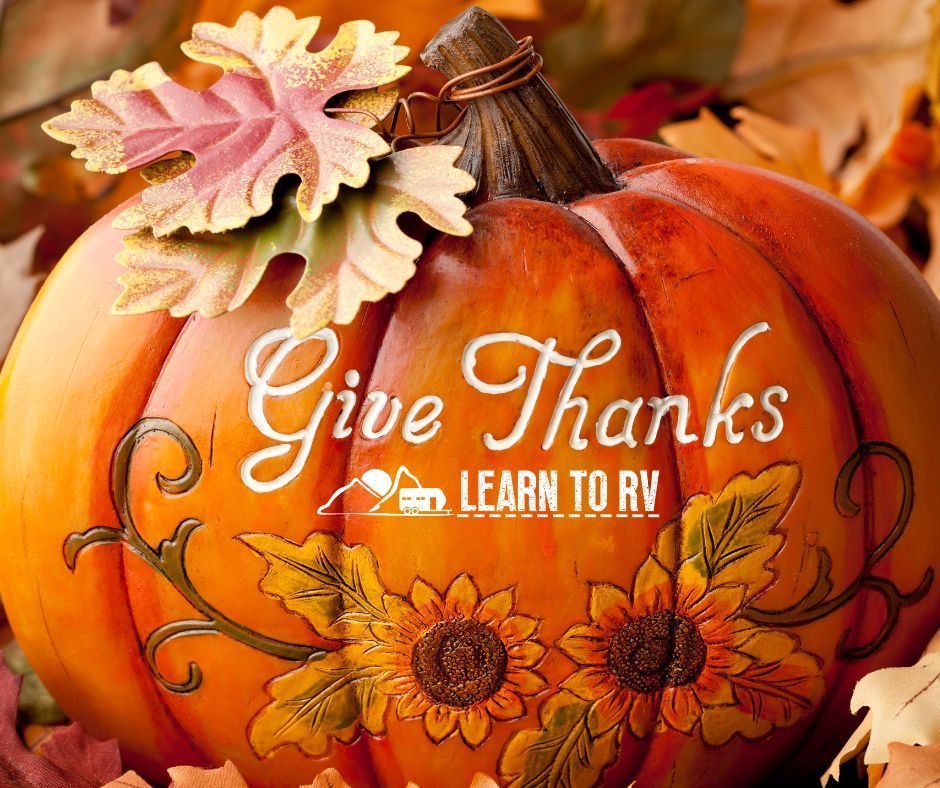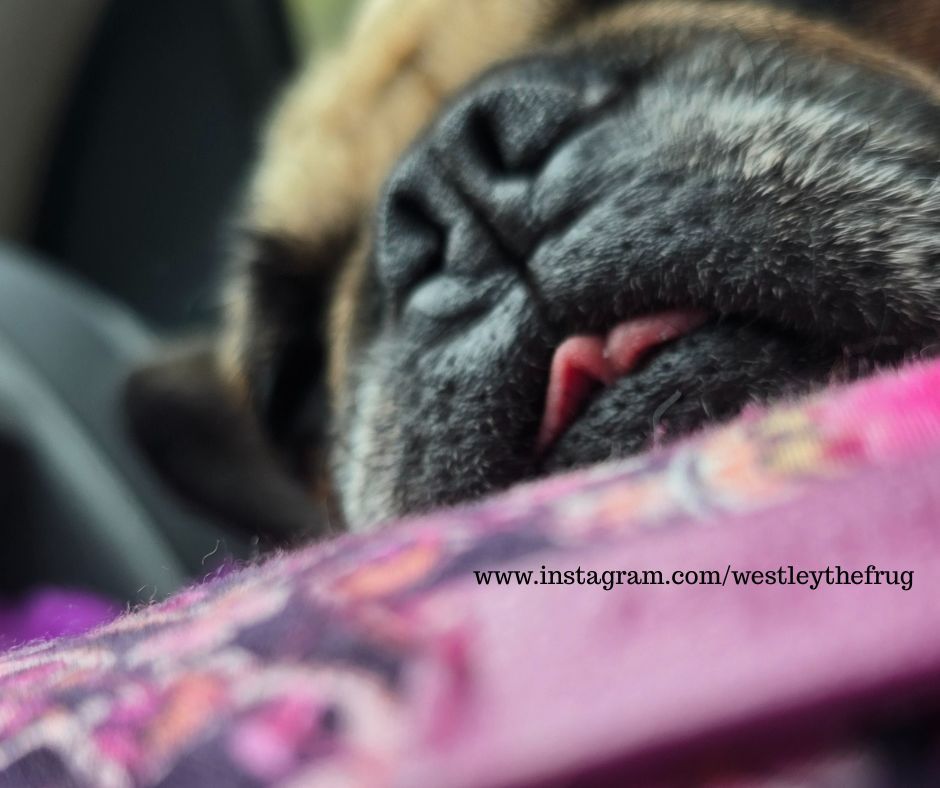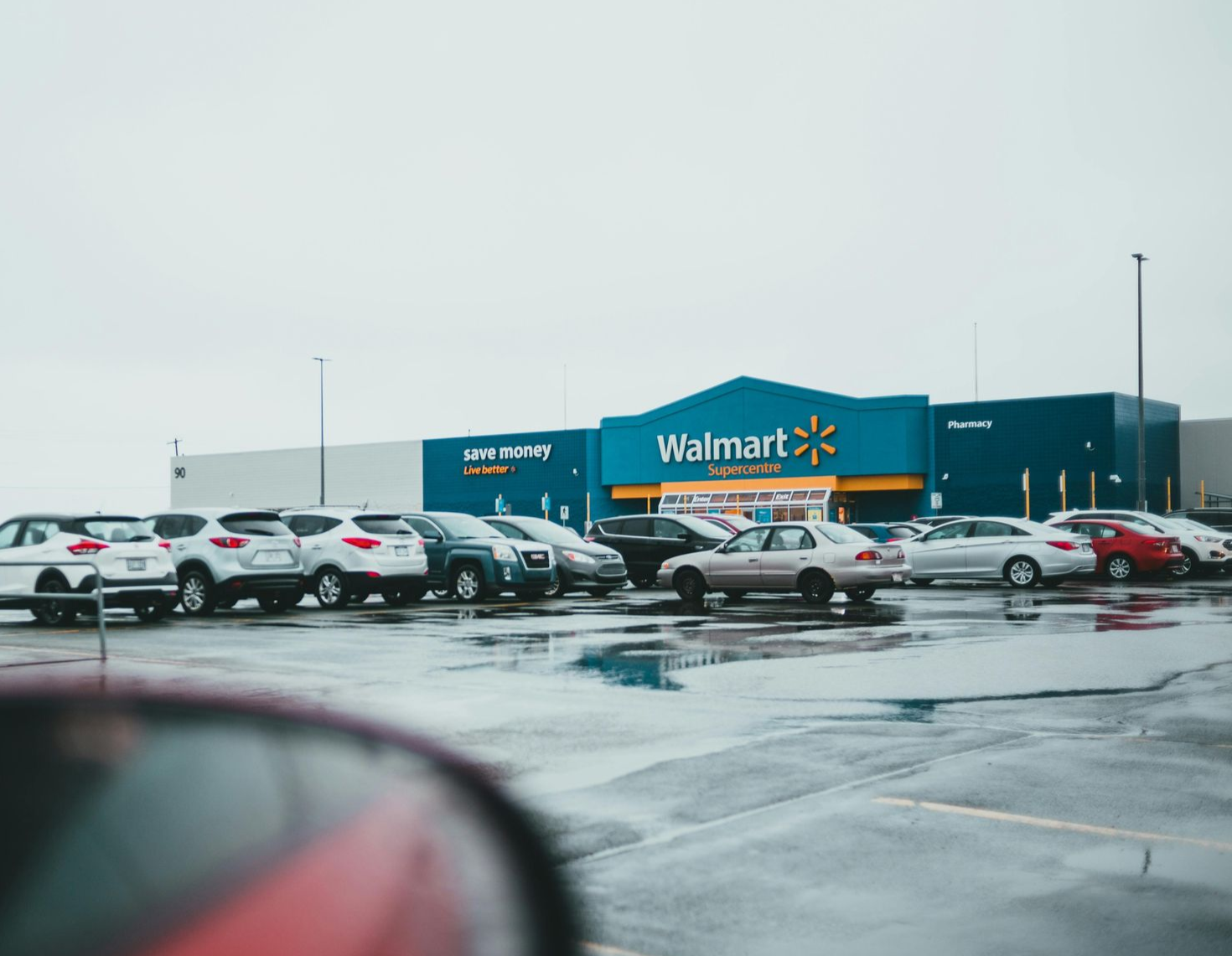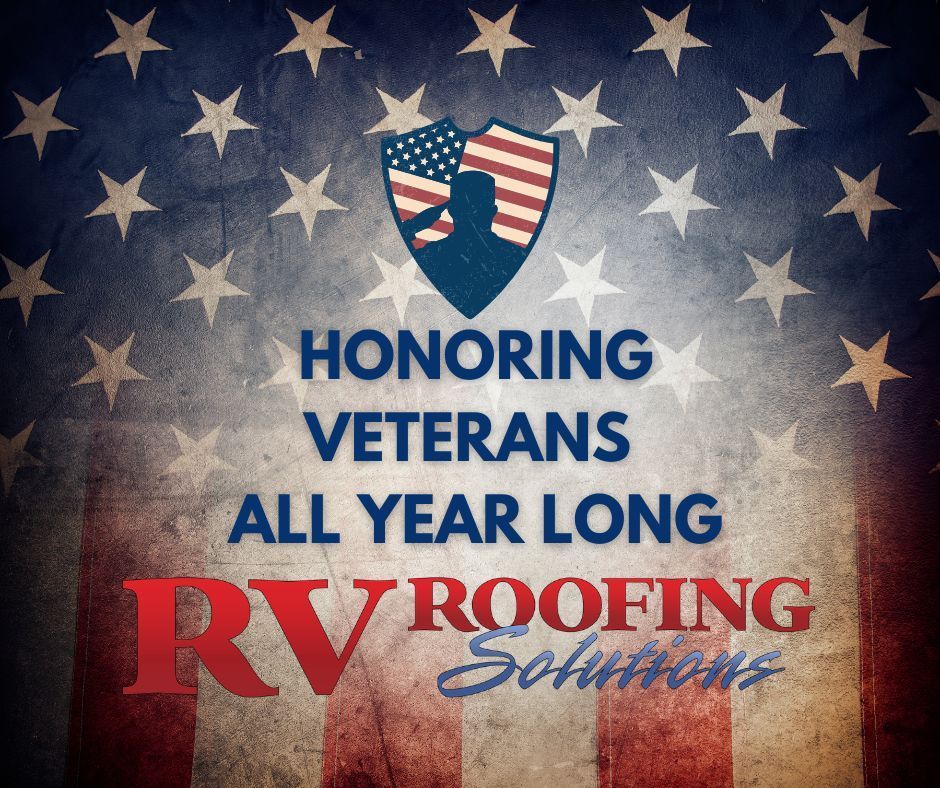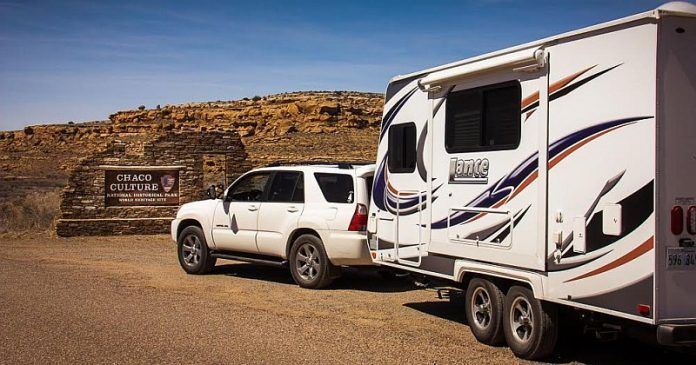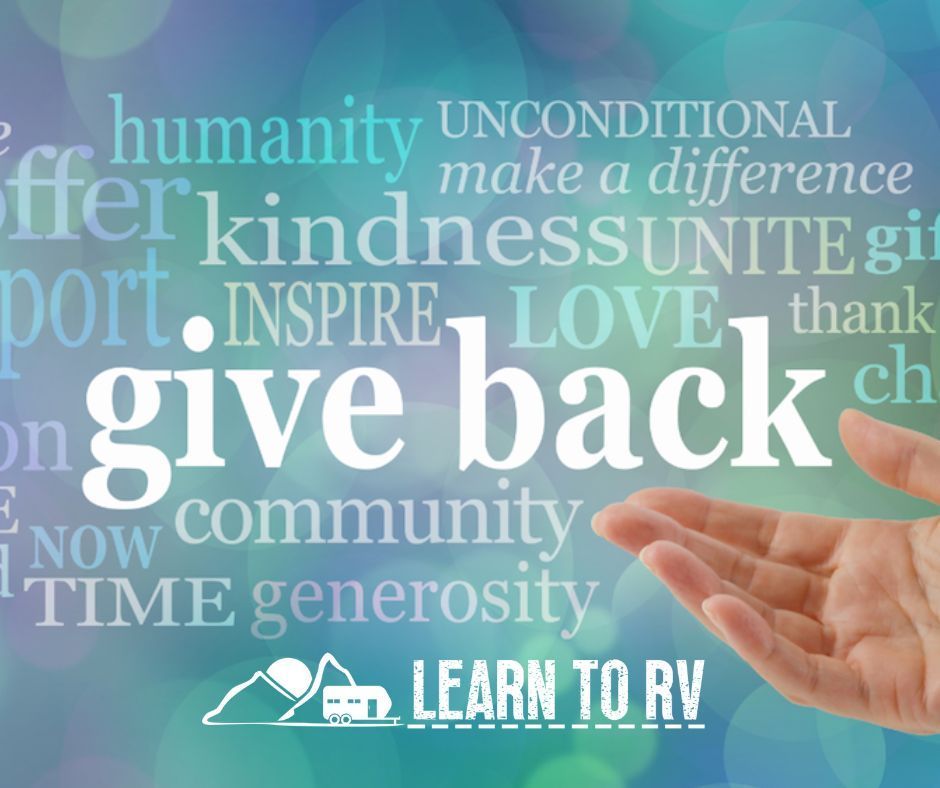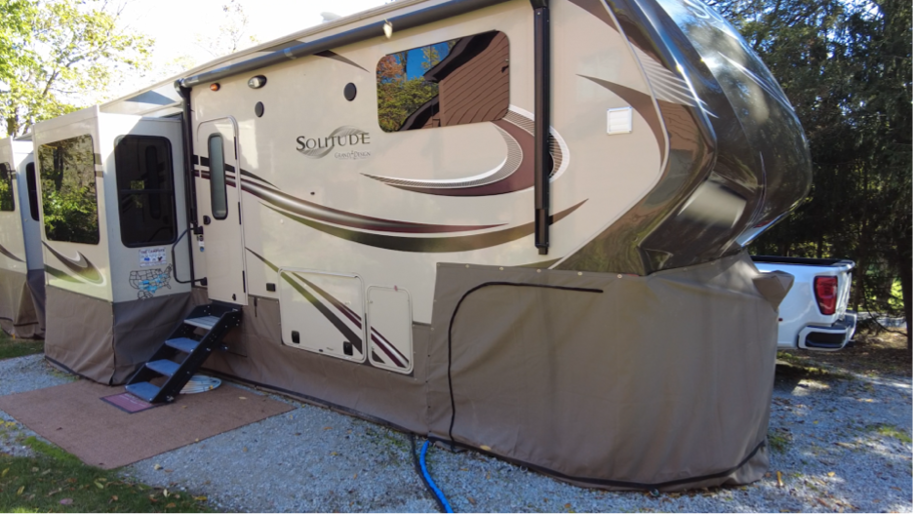60 Days Through Western Canada and Alaska: Our RV Journey of a Lifetime
Jennifer Skinnell • October 2, 2025
We recently spent 60 days on a Fantasy RV Tour through western Canada and Alaska. While we could have planned this trip ourselves, we decided to splurge since we were celebrating our 40th wedding anniversary. We were so glad we booked this tour. We did things on this trip that we would not have done on our own. We also learned that the word “flexibility” is key, especially when traveling during fire season!
Before you go you’ll want to make sure your vehicle is ready for the trip ahead. We had our truck serviced, including an oil change, prior to leaving. Some on our tour had a hard time getting an oil change on the trip. Also, check your tires, including your spare. Finding help along the way may be difficult. Several on our tour had flat tires. We also found that cell service was spotty in some areas and non-existent in others, especially in the Yukon. However, Starlink worked everywhere.
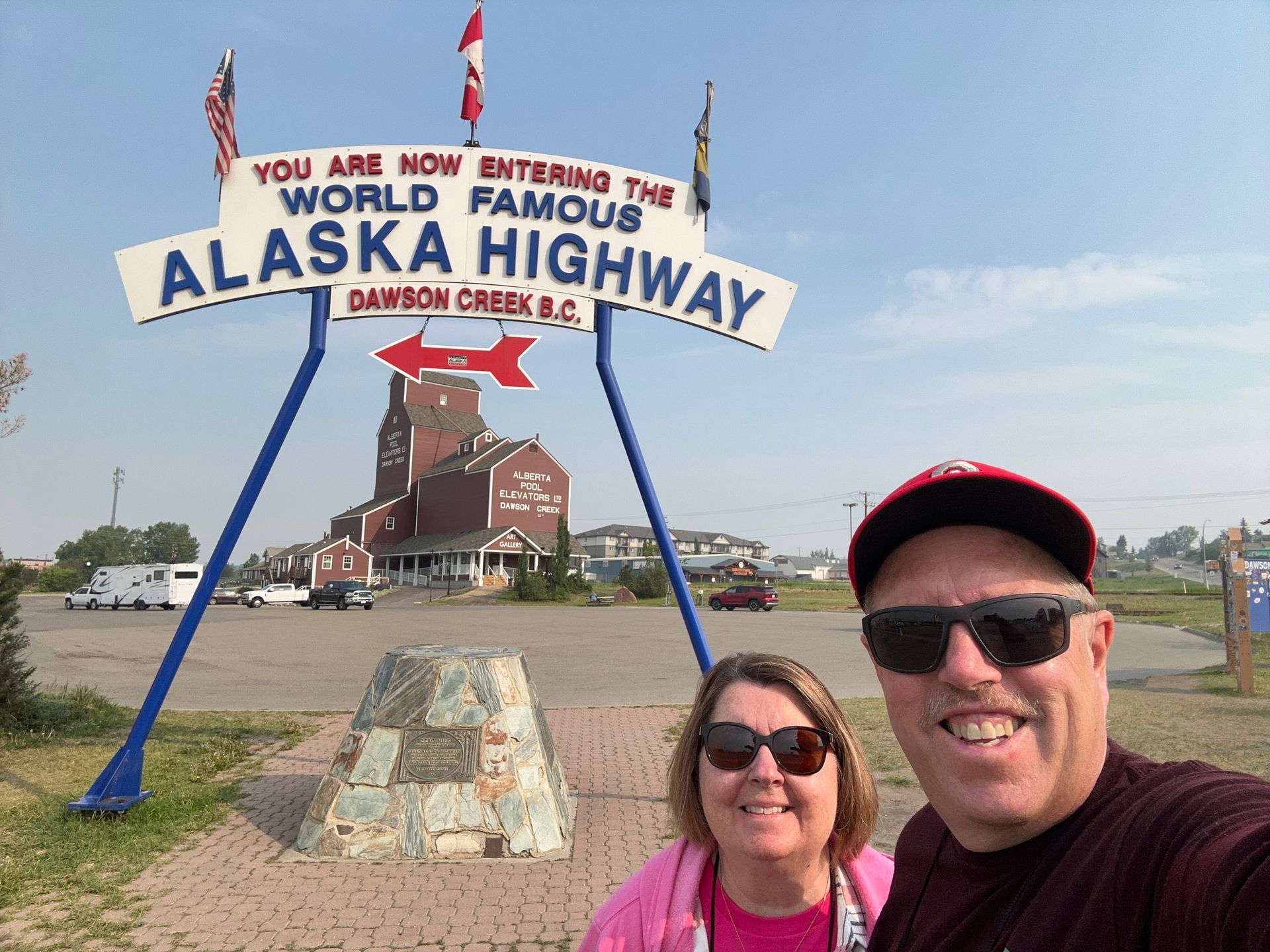
Tips for traveling to western Canada and Alaska:
Crossing the border:
- Have all your documents ready when crossing the border. This has been covered by many RV bloggers already, so I won’t bore you with details. Just make sure you have passports, pet documents, etc. Also, no weapons of any kind, including mace, are allowed in Canada. (Check your bear spray to make sure it is approved for Canada.)
- Read up on what you can and cannot bring into Canada from the states. We crossed the border at least five times during the trip and had to make sure we knew what we could and could not bring each time. Let’s just say that produce and fresh eggs are subject to confiscation. This was more evident going into Canada than the states. Hard boiled eggs are okay, but fresh eggs are a no-no. That being said, we did not have anyone ask us about produce or eggs when crossing any border. But as they say, better safe than sorry.
Fuel and food:
- We had no trouble finding diesel in either Canada or Alaska. This would also apply to gas. We did make sure that we filled up when we reached about ½ tank. Since our truck is a diesel, we took several boxes of DEF as not all fuel stations had DEF at the pump. Milepost is a great resource for fuel stations along the Alaska Highway and other major routes.
- As for food, we stocked up when we found major grocery stores or Walmart. There were no Sam's Clubs, but there were Costcos along the route. The small towns have small-town grocery stores, and they are pricey. If you like seafood, be prepared to eat a lot of it! And according to my husband, it is very fresh.
Flexibility is key:
- Whether you are boondocking or in a campground like we were, it is important to remember that sometimes things happen that are out of your control. This is especially true if you are traveling during wildfire season, which is most of the summer. We had to change plans several times because of road closures due to wildfires in western Canada. In fact, we were delayed leaving Dawson City on the ferry because they closed the Top of the World Highway. Fortunately, the tour group arranged for us to go back to the campground we were in for another night.
- Even if you book a campground with hookups, they may not be what you are used to. Some may say they have 30 amp, but it is really 15! And 50 amp service is few and far between. Always have at least 15 gallons of fresh water in your tank, because the water at a campground may not be fit to drink.
- Be prepared for rough roads, slow speeds, and possible mechanical and/or tire issues. Top of the World Highway is at least 60 miles of dusty washboard roads, and the Taylor Highway from Chicken to Tok is narrow, windy, and filled with potholes. We felt Canada did a better job of warning drivers of frost heaves (places where the road is rough) compared to Alaska. Other than these two roads, the rest are relatively good.
What To Do and Where To Go:
We did so much on this trip that it would be impossible to share it all here. Fortunately for you, I have written an 8-post series on my website with everything we did, including those things we probably wouldn’t have done on our own but are open to the public.
Here’s a link to each blog post and a highlight for that week:
Week 1 – Fairmont Hot Springs and Banff – We loved the beauty of British Columbia. Be sure to drive along the Kootenay River where the views of the river and mountains are breathtaking.
Week 2 – Hinton/Jasper, Alberta, Dawson Creek, Fort Nelson, Laird Hot Springs BC – This was a full week of travel, but on the way from Banff to Jasper, we stopped at the Columbia Ice Fields. You can drive your RV there, book at tour and ride out onto the Athabasca Glacier in a Snowcoach!
Week 3 – Whitehorse and Dawson City, Yukon Territory – Whitehorse and Dawson City are all about the Yukon gold rush. Be sure to go to the Sourtoe Cocktail Club inside Sourdough Joe’s bar in Dawson City. If you haven’t heard of this spectacle, you can pay to have a shot with an actual toe in the glass! They’ll even give you a certificate when you’re done. Oh, and get ready to take the ferry across the Yukon River to Top of the World Highway.
Week 4 – Tok, Valdez, Palmer, and Seward, Alaska – After getting rattled on Top of the World Highway (so we could say we’d been there 😊), we were treated to spectacular views on the way to Valdez, Palmer and Seward. Be sure to stop at the Bridal Veil and Horseshoe Falls on your way to Valdez. And in Palmer, check out the Musk Ox Farm and Reindeer Farm!
Week 5 – More of Seward, Homer, Kenai, and Anchorage, Alaska – There was so much to see during week 5! But before you leave Seward, check out the Alaska Sea Life Center and the puffins. They are the most adorable sea birds! In Homer, be prepared to see lots and lots of eagles!
Week 6 – Denali, Fairbanks, North Pole, and Arctic Circle, Alaska – This was the week we had all been waiting for! Unfortunately, Denali decided not to make an appearance. However, one of our personal favorites was taking a plane ride from Fairbanks to north of the Arctic Circle. We were supposed to fly to Coldfoot (made famous by the show Ice Road Truckers), but unfortunately the wildfires decided to test our flexibility again. We ended up flying just north of the Artic Circle to Fort Yukon. However, we still got a certificate proving we’ve been north of the Artic Circle.
Week 7 – Destruction Bay, Yukon, Haines, Alaska – We crossed over the border again for one night as we made our way to Haines, Alaska. The highlight of this week was definitely taking the ferry to Juneau and Skagway for shopping and whale watching. If you only have time for one, take the Juneau whale watching tour. I captured video of a group of humpback whales bubble feeding and even got one breaching the surface!
Week 8 – Whitehorse, YT, Stewart, BC, and Hyder, AK – After an overnight in Whitehorse (which we had to cross the border again), we headed to Stewart, BC and Hyder, AK. These two towns are next to each other and may not seem like much, but they have quite a history in the mining and film industries. Hyder is home to the Tongass National Forest Fish Creek Wildlife Observation Site, aka where the bears come for the salmon! Be sure to remember your passport, because you will need it when you cross the border back into Stewart.
As you can see, there is so much to do and see in Western Canada and Alaska. Whether you plan the trip yourself or use an RV tour group like we did, you will not be disappointed. As long as you prepare yourself and your rig, it will be a trip of a lifetime.
Other blogs you might like...
